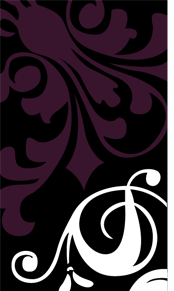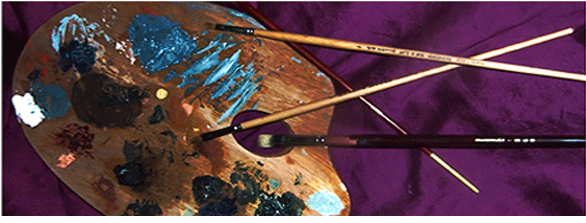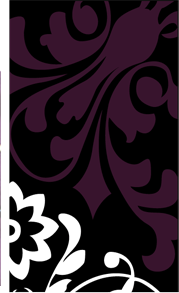Click on the image for price and size details.
|
Pablo Picasso(1881-1973)Was born in Malaga, the son of an art teacher. The boy showed exceptional
talent at an early age, and the artistic current flowing into Barcelona (where
the family had settled) from France and Northern Europe stimulated him into
trying out the personal languages of Munch, Toulouse-Lautrec, Renoir and other
northerners. In 1900 Picasso visited Paris for a short time, and he returned in
1901 to join the cohort of young Bohemians attracted to the capital by the
stimulating and exciting atmosphere then prevailing in the arts. Lautrec,
Gauguin, van Gogh, late Impres­sionism flit across his canvases in a
bewildering medley and leave behind a passion for blue, which became the
dominant color for his portrayal of the squalid tragedy of the Paris streets -
the beggar, the harlot, the sick child, the hungry. Through this welter of
contemporary influences ran the steady current of the things he had grown up
with: the elongated forms of Catalan Gothic sculpture and Italian Mannerism, the
simplified color and straightforward approach of Velizquez, Zurbarin and Goya.
These also inform his oil paintings of actors, mountebanks and harlequins, where
tender fawns and pinks replace the earlier drab and sad colors. Until then
nothing unusual had transpired: even his interest in Iberian sculpture in 1906,
and the radical simplification of form and color it led to, gave little hint of
the position when the Fauve outbreak was at its height. Picasso took no part in
this. Picasso was questioning the whole basis of painting and was therefore
unable to follow still further the road from Impressionism to the dissolution of
form and its translation into color and imaginative feeling.
The influence of Negro sculptures, which first appears in the Demoiselles,
also fitted in with his quest for the expression of form and helped, by the
bizarre nature of their forms, to release him from the tyranny of the
representational tradition in art. In 1907 he met Braque, who had drifted into
the Fauve circle and out of it again, and by 1909 they found that they faced the
same problems and were striving to solve them in the same way. Both rejected
decorative arabesques and bright, sensuous color and were striving to devise a
pictorial language which would define volumes and their relationships without
destroying the flat surface of the picture, and without descending to the
imitation of accidental and superficial appearances. Together they evolved what
is now called Analytical Cubism.
By 1912, color had begun to creep back among the grays, olive greens and drab
browns, and actual objects - a piece of cane seating, a newspaper heading - were
imported so as to stress by their complaisant acquiescence in becoming an
element in a design the modest role of Nature in the Ideal, and also to serve as
an example of the way in which nature may be re-created.
No man has changed more radically the nature of art. Like Giotto,
Michel­angelo and Bernini he stands at the beginning of a new epoch. Most
museums of modern art throughout the world have examples of his oil paintings,
prints, sculpture or ceramics.
Picasso’s famous oil paintings include:
- Portrait of J.R. with Roses
- Dawn Serenade
- Head of a Woman and Stars
- Les Demoiselles D'Avignon
- Self-Portrait
- Man with a Pipe
- The Aficionado
- Woman in an Armchair
- Pierrot
- Three Musicians
- Three Women at the Spring
- Mother and Child
- Sleeping Nude
- Woman with a Mandolin
- Seated Bather
- Pitcher and a Bowl of Fruit
- Young Woman Drawing
- Weeping Woman
- Reclining Woman with a Cat
- Woman with a Fan
- Large Bather
- Maternity
- La Vie
- Family of Saltimbanques
- La Coiffure
|




